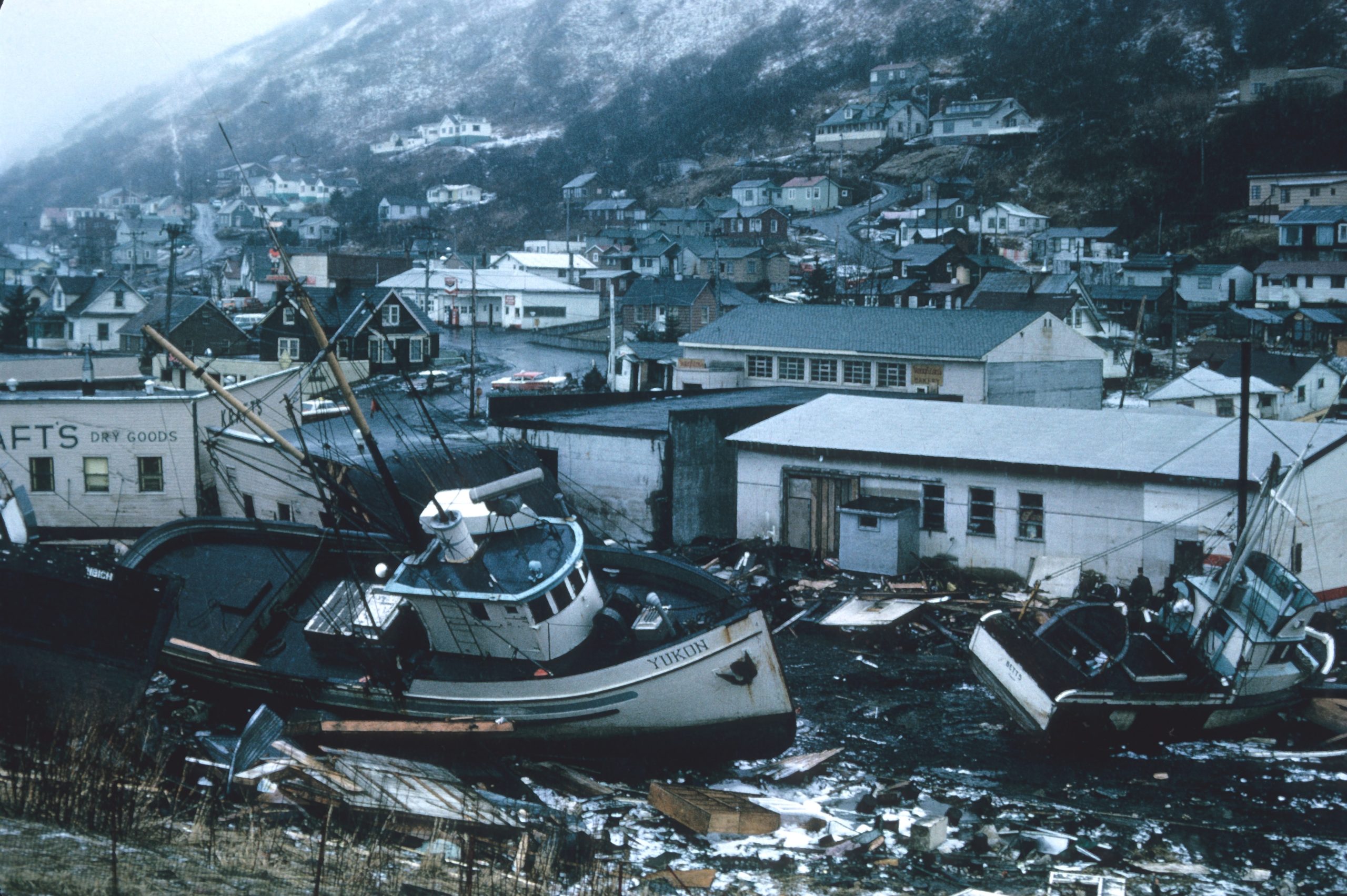Introduction
Natural disasters can strike at any time, leaving communities devastated and in need of immediate assistance. Governments around the world have a responsibility to prepare for and respond to these disasters, but not all disaster response plans are created equal. In this article, we will explore the key elements of effective disaster response plans and evaluate the plans of several governments around the world.
Key Elements of Effective Disaster Response Plans
Effective disaster response plans should include the following key elements:
1. Risk Assessment: Governments should conduct a thorough risk assessment to identify potential hazards and vulnerabilities in their communities. This assessment should take into account the likelihood and potential impact of various types of disasters, such as earthquakes, hurricanes, floods, and wildfires.
2. Emergency Preparedness: Governments should develop emergency preparedness plans that outline the steps that will be taken in the event of a disaster. These plans should include procedures for evacuating residents, providing emergency medical care, and coordinating with other agencies and organizations.
3. Communication: Effective communication is essential during a disaster. Governments should have a communication plan in place that includes multiple channels of communication, such as social media, emergency alerts, and traditional media outlets.
4. Resource Management: Governments should have a plan for managing resources during a disaster, including personnel, equipment, and supplies. This plan should include procedures for requesting and receiving assistance from other agencies and organizations.
5. Recovery and Reconstruction: Governments should have a plan for recovery and reconstruction following a disaster. This plan should include procedures for assessing damage, providing assistance to affected residents, and rebuilding infrastructure.
Evaluation of Governments’ Disaster Response Plans
Let’s take a look at the disaster response plans of several governments around the world and evaluate their effectiveness.
1. United States: The United States has a comprehensive disaster response plan that includes all of the key elements outlined above. The Federal Emergency Management Agency (FEMA) is responsible for coordinating disaster response efforts at the national level, while state and local governments are responsible for implementing response plans at the local level. Overall, the U.S. disaster response plan is effective, but there have been criticisms of FEMA’s response to certain disasters, such as Hurricane Katrina in 2005.
2. Japan: Japan is one of the most disaster-prone countries in the world, and as a result, has a highly effective disaster response plan. The government conducts regular earthquake drills and has a sophisticated early warning system in place. In addition, Japan has a strong culture of community preparedness, with many neighborhoods having their own disaster response plans.
3. India: India has a national disaster response plan that includes all of the key elements outlined above. However, the effectiveness of the plan has been called into question following several high-profile disasters, such as the 2013 Uttarakhand floods. Critics have cited poor coordination between government agencies and a lack of resources as major issues.
4. Haiti: Haiti is one of the poorest countries in the world and has a limited capacity to respond to disasters. The government has a disaster response plan in place, but it is largely ineffective due to a lack of resources and infrastructure. In addition, political instability and corruption have hindered disaster response efforts in the past.
Conclusion
Effective disaster response plans are essential for protecting communities and minimizing the impact of natural disasters. Governments around the world have a responsibility to prepare for and respond to these disasters, but not all plans are created equal. By evaluating the disaster response plans of various governments, we can identify areas for improvement and work towards creating more effective plans in the future.









